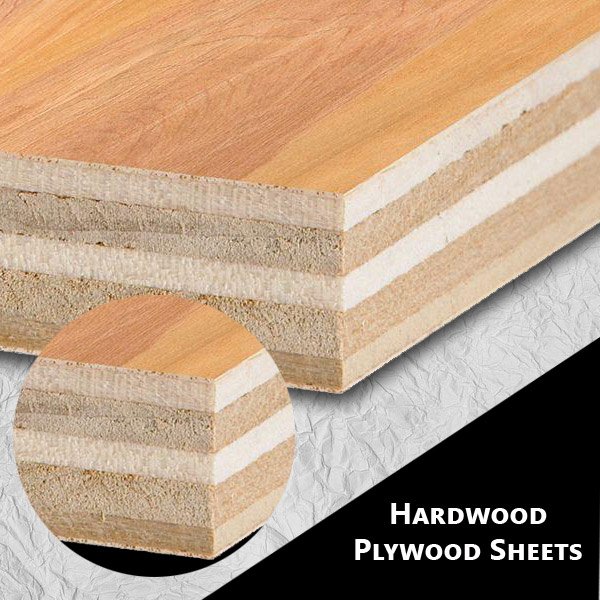What is a Laminated Wood Panel?

It is a material that is obtained by a collage of several strips of wood having a substantially parallel thread. Still known as BLC, wood panels are quality and ecological materials with important characteristics. In other words, this type of wood is made of wooden planks that are finger-jointed and then glued to one another. The strips of wood used are mainly pine. The same is true of coniferous woods. The thickness of the slats is often 33 or 42 millimeters. However, depending on the shape or size desired, this measurement can oscillate between 25 and 45 millimeters. Adhesives used to manufacture glued laminated wood panels must be approved (authorized for use). These glues must be among others of the following binders category:
The urea resin glue is suitable for the manufacture of wood panels intended for less humid spaces such as the interior of houses. As for other types of glue, they are suitable for exterior wood panels. However, the technological characteristics of laminated timber must comply with the requirements of DIN 1052. Apart from this aspect, this type of wood meets the requirements of laminated timber constructions: the RAL label. It is a special wood panel because its treatment and pretreatment of the slats is done with protective substances or chemicals. Thus, it is manufactured according to its use.
What are glue-laminated panels for?
The manufacture of wood panels is essentially an industrial production for the construction of buildings to bear heavy loads unsuitable for the usual structural wood or frame. Glue-laminated wood plays the card of natural resistance. Made in different essences, it is not only aesthetic, but also solid. Glue-laminated wood panels are mainly recommended as materials in high-aperture constructions that must meet aesthetic and stability requirements.
To summarize, a panel of glue-laminated wood can be used in constructions including the clothing of facades and roof installations. This is also the case of interior design. These include the manufacture of partitions, ceilings and floors. Moreover, considering the characteristics of glulam, it is also used in the manufacture of various pieces of furniture. Shelves, trays, dorsal bodies and walls, and frontal parts can be enumerated.
The use of glulam can lead to the manufacture of custom wood panels. Indeed, the speed of manufacture of this material is an important element insofar as it makes it possible to respect the construction deadlines. This is one of the reasons why glue-laminated wood can be obtained in an emergency. In addition, the quantity remains only a detail.
Advantages of a laminated wood panel
The first advantage is the ecological aspect that civil engineering favors with the use of glulam. It is a renewable material, therefore ecological, because its transformation is not harmful to the environment. It is important to note that the use of this type of wood massively favors the reforestation and renewal of forests that condition the balance of our ecology (good functioning of ecosystems). There is reference here to the fact that forests promote living conditions through the provision of oxygen.
Glue-laminated wood has a high resistance. This resistance is primarily mechanical with regard to the following properties: torsion, flexibility and compression. There is also resistance to heat and fire even though this material is flammable. Knowing that glue-laminated wood has no cracks, it carbonizes to retard the spread of fire. This wood is also resistant to certain chemicals such as sodium chloride, potassium, sulfur and especially sulfuric acid.
Another advantage is that glue-laminated wood is resistant to earthquakes. Indeed, this material is 5 times lighter than concrete and 15 times lighter than steel. This volume characteristic associated with a mechanical strength makes it possible to considerably reduce the stresses during an earthquake.
Machining of the wood panel
There are a multitude of techniques used to machine glulam. The main ones are in the form of steps as follows. It is first of all the sorting of the woods after their reception. Then come the drying, the stabilization, the purge of the slats and the calibration. These techniques make it possible to obtain a finished product of very good quality. The cutting and shaping phases are the decisive ones. Several techniques are observed during pressing and shaping as there are several types of wood. The last phase is that of planing and finishing during which we bring the final finishing touch: aesthetics



